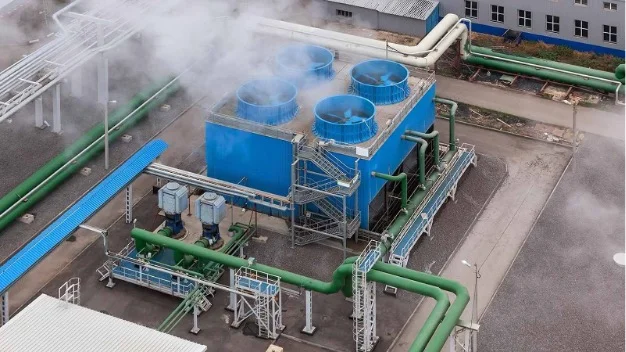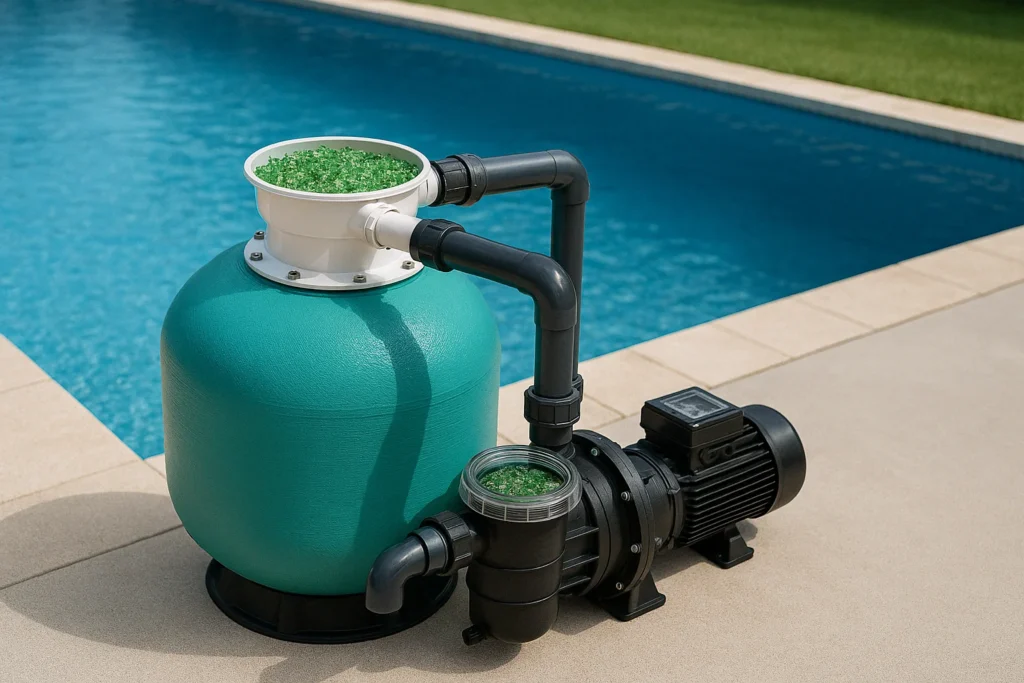
In our daily lives, we spend a significant amount of time indoors—whether in workplaces, factories, homes, cars, or other enclosed areas where human presence is constant. However, while we often prioritize water filtration and surface sanitation, we tend to overlook one of the most critical aspects of health and well-being: air quality. Poor indoor air quality can lead to a range of health issues, from mild discomfort to severe respiratory conditions, making air sanitation a crucial yet often neglected necessity.
The Invisible Threats in Indoor Air
Indoor air is far from being as clean as it appears. Various pollutants and toxins, often invisible to the naked eye, linger in the air we breathe. These include:
- Volatile Organic Compounds (VOCs): Found in cleaning agents, paints, adhesives, and office equipment, VOCs can cause headaches, nausea, and long-term damage to the liver and kidneys.
- Particulate Matter (PM2.5 & PM10): Tiny airborne particles from dust, smoke, and industrial emissions that can penetrate deep into the lungs, leading to chronic respiratory diseases and cardiovascular issues.
- Bacteria and Viruses: Enclosed spaces facilitate the rapid spread of infectious agents, increasing the risk of illnesses such as flu, tuberculosis, and respiratory infections.
- Mold and Fungal Spores: Poor ventilation and high humidity encourage mold growth, leading to allergic reactions and respiratory problems.
- Carbon Monoxide (CO) and Nitrogen Oxides (NOx): Emitted by vehicles, industrial processes, and even poorly ventilated cooking appliances, these gases can impair cognitive function, cause fatigue, and pose severe health risks.
- Odors and Chemical Fumes: Stagnant air in factories, offices, or cars often carries unpleasant odors from industrial chemicals, smoke, or accumulated biological waste.
The Impact of Poor Air Quality on Health and Productivity
Contaminated air doesn’t just cause minor discomfort—it has profound effects on human health and workplace efficiency. Exposure to pollutants can result in:
- Increased Stress and Fatigue: Poor air quality can contribute to mental fatigue, reduced cognitive function, and an overall decline in workplace productivity.
- Respiratory Issues: Asthma, bronchitis, and other chronic respiratory conditions can worsen with prolonged exposure to airborne toxins.
- Cardiovascular Risks: Fine particulate matter can enter the bloodstream, increasing the risk of heart disease and stroke.
- Weakened Immune System: Constant exposure to harmful microbes and pollutants weakens immunity, making individuals more susceptible to infections.
- Long-Term Chronic Illnesses: Prolonged exposure to indoor air pollutants has been linked to serious conditions such as cancer, neurological disorders, and organ damage.
India’s Persistent Air Quality Challenges
In India, the problem of air pollution extends far beyond outdoor environments. Cities like Delhi, Mumbai, Bengaluru, and Kolkata consistently report high levels of PM2.5 and other harmful pollutants. With industrial emissions, vehicular pollution, and overcrowded urban spaces, the quality of air indoors is often just as bad—if not worse—than outdoors. In workplaces, factories, and commercial spaces, poor air circulation and lack of effective air purification mechanisms further exacerbate health risks.
Chlorine Dioxide: A Powerful Solution for Air Sanitation
One of the most effective solutions for maintaining indoor air quality is chlorine dioxide (ClO2)-based disinfection. Unlike conventional air purifiers that merely trap contaminants, chlorine dioxide actively eliminates airborne pathogens, VOCs, and odors at the source.
How Does Chlorine Dioxide Work?
- Neutralizes Airborne Toxins: ClO2 oxidizes and breaks down harmful chemical pollutants, including VOCs and smoke particles, preventing them from accumulating indoors.
- Kills Bacteria, Viruses, and Fungi: It effectively eliminates microbial threats, reducing the spread of airborne diseases and improving overall hygiene.
- Removes Odors: Unlike air fresheners that mask smells, chlorine dioxide actively neutralizes the odor-causing compounds, ensuring long-term freshness.
- Non-Toxic and Safe for Humans: When used in controlled amounts, chlorine dioxide is safe for continuous indoor use and does not leave harmful residues.
Ensuring a Healthier Future with Effective Air Disinfection
In enclosed environments where air circulation is limited, air sanitation is no longer optional—it is a necessity. Whether in offices, manufacturing units, vehicles, or even large-scale industrial plants, keeping the air free of harmful pollutants ensures not only improved health but also enhanced productivity and comfort.
As India continues to grapple with worsening air pollution, adopting chlorine dioxide-based air disinfection can significantly mitigate indoor contamination, providing clean, safe, and breathable air in workplaces, public spaces, and homes alike. With the right air sanitation practices, we can protect ourselves and our future generations from the silent but deadly threats lingering in the air around us.





